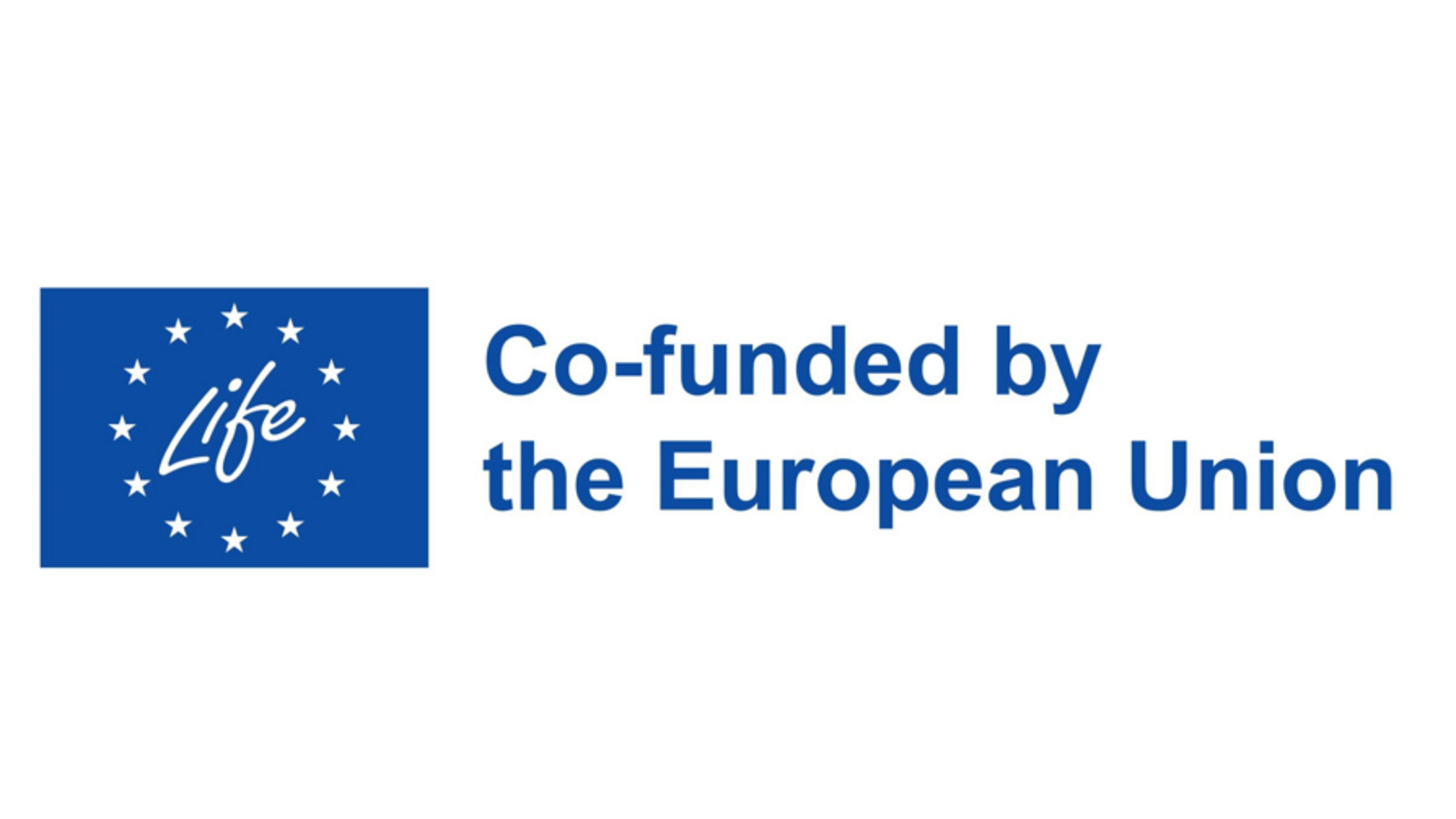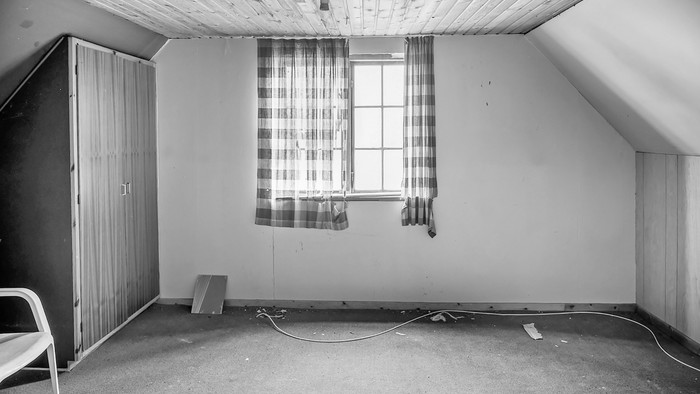INDICATE LIFE - Reducing the Construction Sector's Carbon Footprint

At Smith we see the EPBD as a first step towards being able to systematically work on reducing the construction sector's carbon footprint across multiple parameters. INDICATE LIFE initiates important work in promoting the life cycle approach, which also includes the embedded resource consumption of materials. At the national level, INDICATE LIFE contributes to a shift from a longstanding focus on buildings' energy performance towards a more holistic perspective.
Smith has the role of being the overarching project coordinator, meaning that we deliver the following:
- Coordination across the 5 national projects
- Communication and reporting to the European Commission (CINEA)
- Administrative support to the national consortia
- Community building and developing networks across EU nations
- Developing an afterlife plan including a strategy for methodological replication in other EU nations
- Distribution of funding
INDICATE LIFE is the second phase of the initiative and was launched in October 2024, with 22 partners across 8 EU countries, and with national projects in Austria, Croatia, Italy, Luxembourg, and Hungary as a following country.
Although some frontrunner EU Member States regulate WLC emissions for new buildings, the majority does not. The European Commission’s inclusion of WLC reporting in the Energy Performance of Buildings Directive (EPBD) recast (2021) signals a shift towards integrating WLC considerations in standard construction practices. To support the national implementation of the EU EPBD recast INDICATE LIFE will develop the necessary WLC data, methodology, propose target limit values, and building blocks for WLC policy design.
The initiative will continue to build on the lessons learned from the INDICATE pilot. The pilot project launched national projects in Spain, Ireland, and the Czech Republic, where WLC data, methodology, and building blocks for WLC policy were developed with the ambition to push for WLC regulation.
INDICATE LIFE’S intervention logic includes:
- Development of national methods
- Data generation (LCA studies of at least 50 cases, representative of the variety of building types in new construction and/or renovation in that market)
- Data analysis and validation to develop benchmarks and propose target limit values
- Proposal of building blocks for WLC regulation design
- Stakeholder mobilization and industry engagement
- Scaling strategy and afterlife plan

The European Union’s LIFE programme co-funded this project. However, the views and opinions expressed are those of the author(s) only and do not necessarily reflect those of the European Union or CINEA. Neither the European Union nor CINEA can be held responsible for them.
Project partners:
BUILDINGS PERFORMANCE INSTITUTE EUROPE ASBL, WORLDGBC EUROPE, KATHOLIEKE UNIVERSITEIT LEUVEN, OGNI GMBH, ATP SUSTAIN GMBH, EINSZUEINS ARCHITEKTUR ZT GMBH, TECHNISCHE UNIVERSITAET GRAZ,
HRVATSKI SAVJET ZA ZELENU GRADNJU, GBC - CENTAR ZA ODRZIVU GRADNJU DOO, SVEUCILISTE U ZAGREBU GRADEVINSKI FAKULTET, ENERGETSKI INSTITUT HRVOJE POZAR, GREEN BUILDING COUNCIL ITALIA, HARPACEAS SRL, POLITECNICO DI MILANO, POLITECNICO DI TORINO, UNIVERSITA' DEGLI STUDI DI BERGAMO,
AGENZIA NAZIONALE PER LE NUOVE TECNOLOGIE, L'ENERGIA E LO SVILUPPO ECONOMICO SOSTENIBILE, MINISTERE DE L'ECONOMIE, LUXEMBOURG INSTITUTE OF SCIENCE AND TECHNOLOGY,
CDEC-CONSEIL POUR LE DEVELOPPEMENT ECONOMIQUE DE LA CONSTRUCTION,
ENERGIE & ENVIRONNEMENT - INGENIEURS CONSEILS, MAGYAR KORNYEZETTUDATOS EPITES EGYESULETE.















